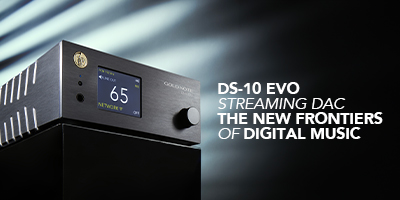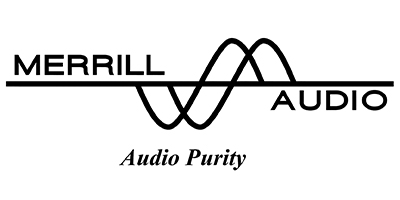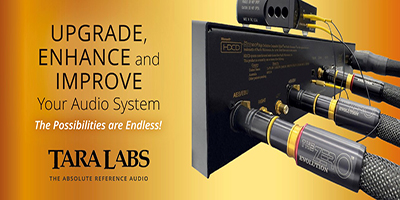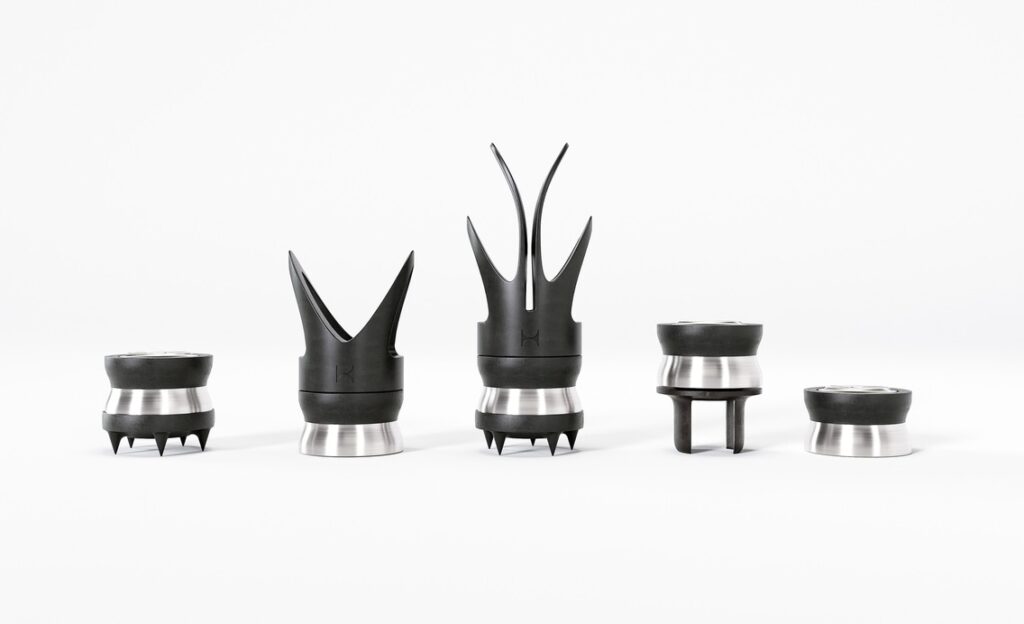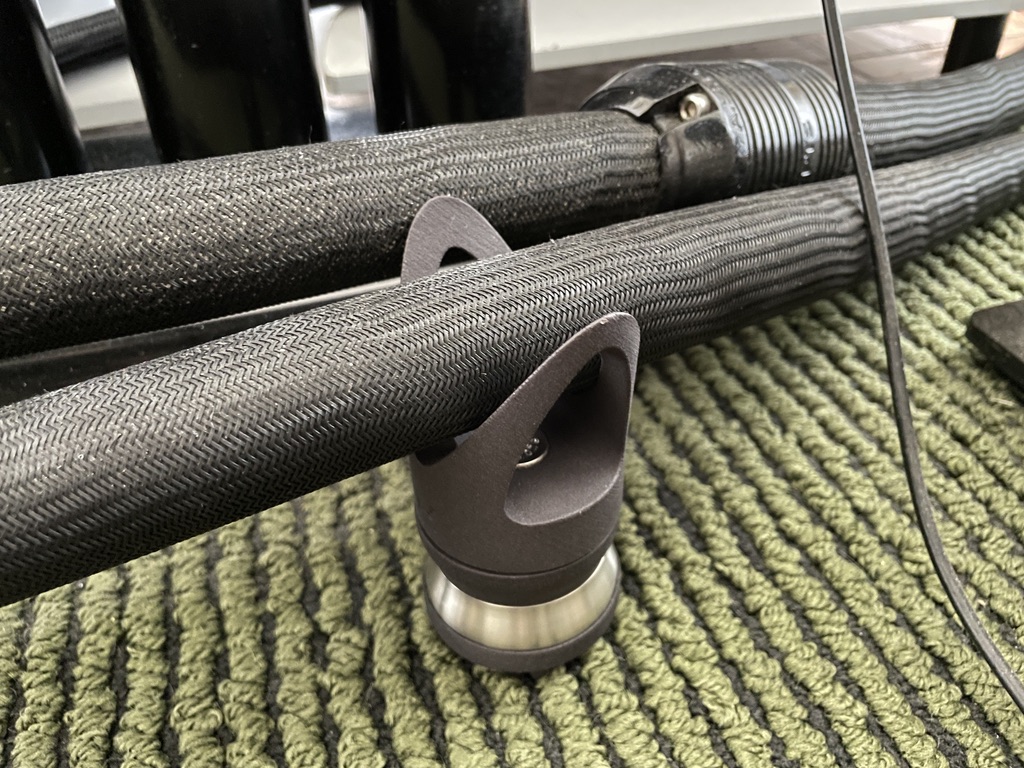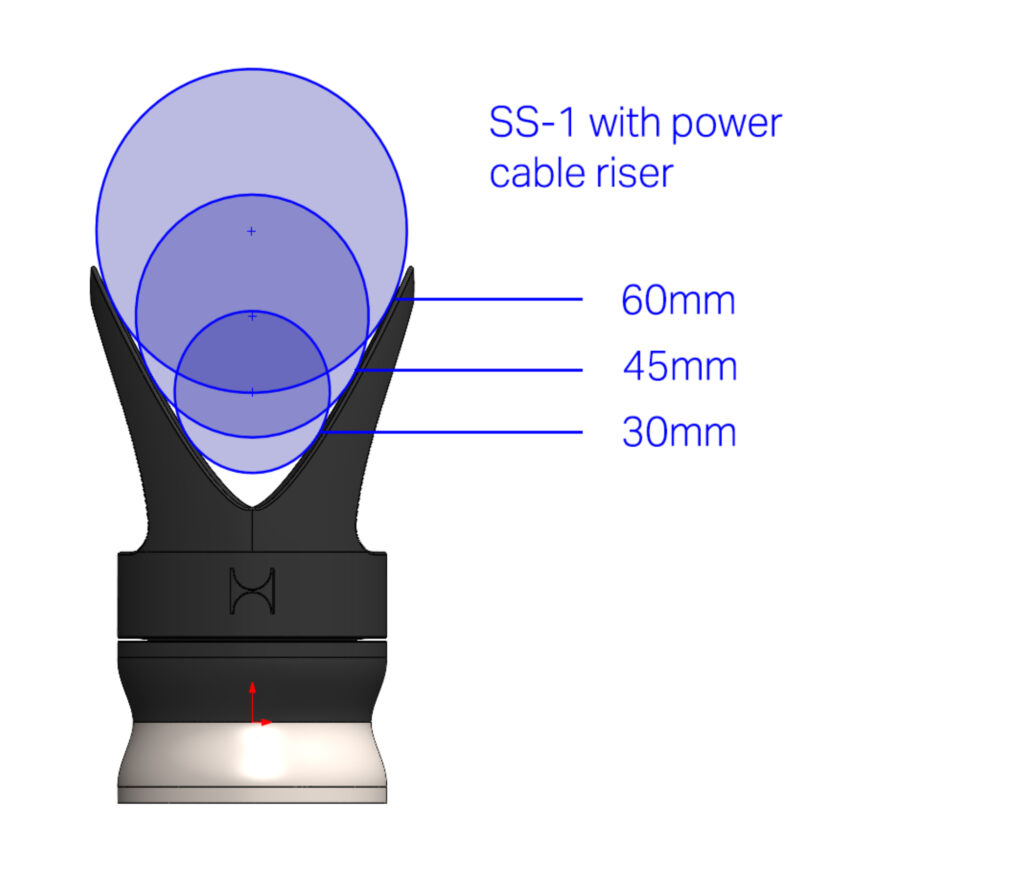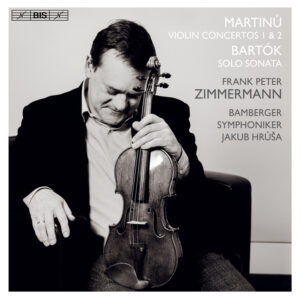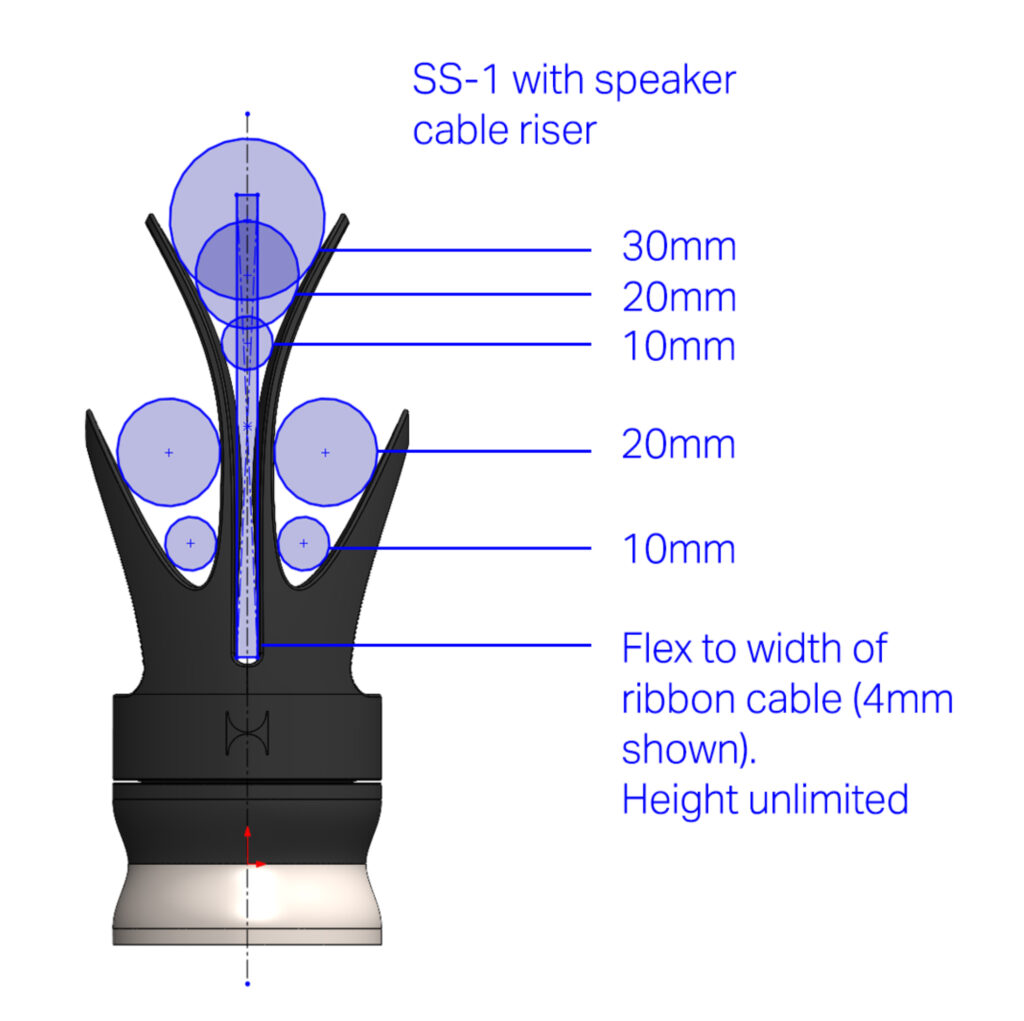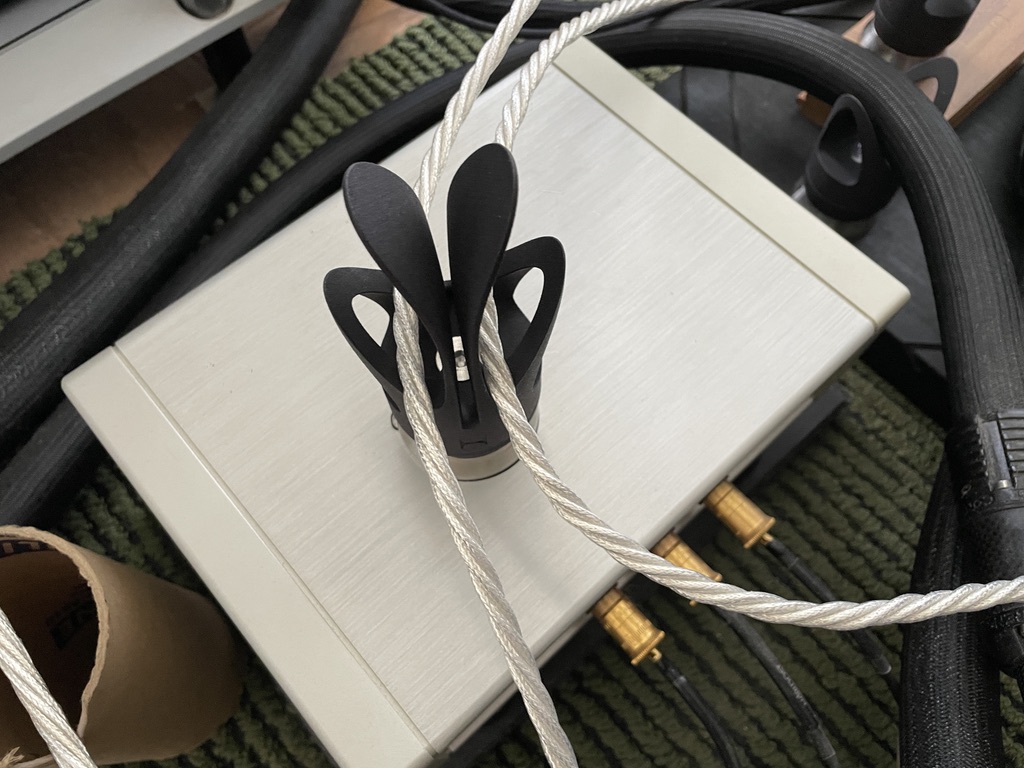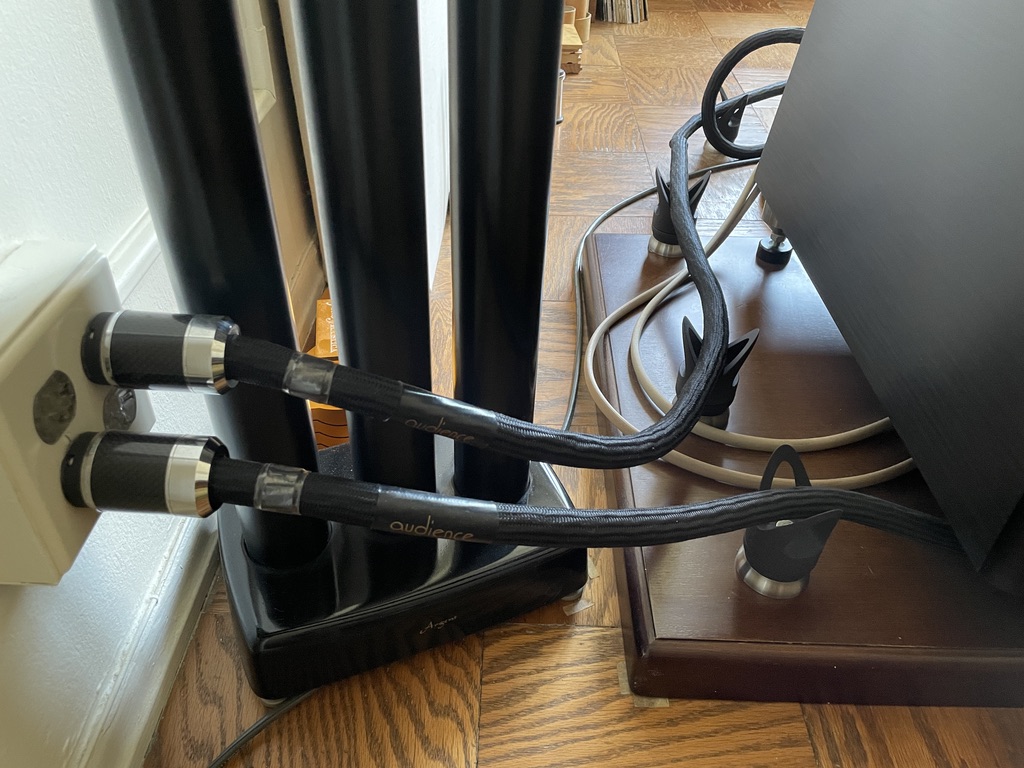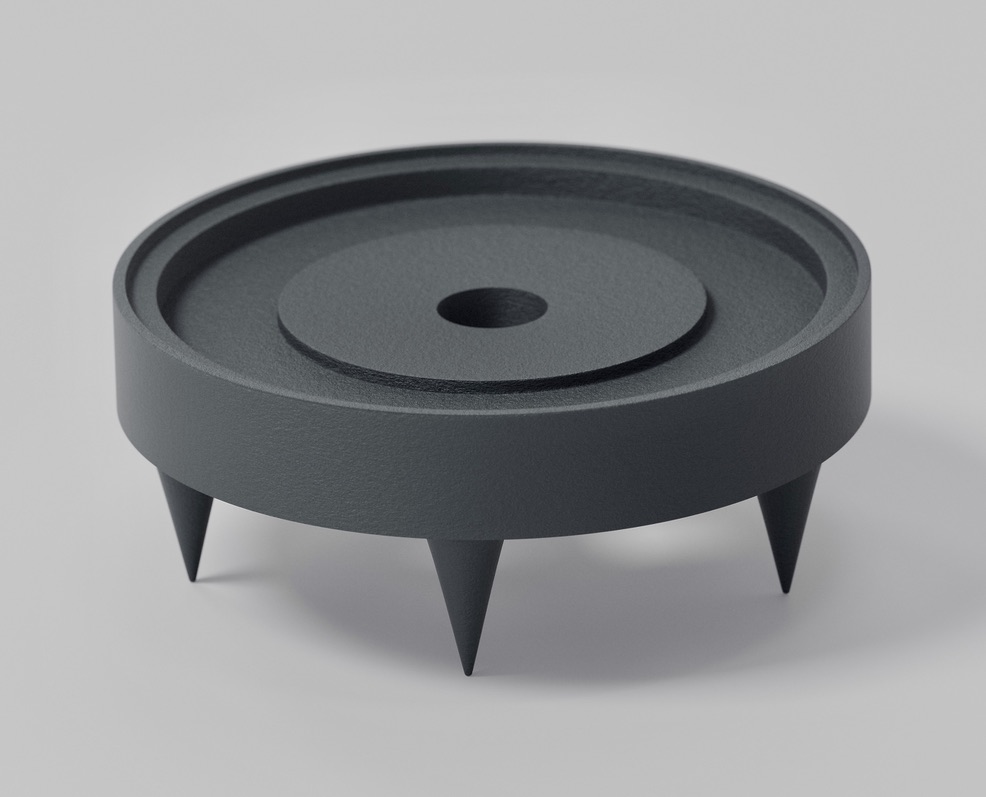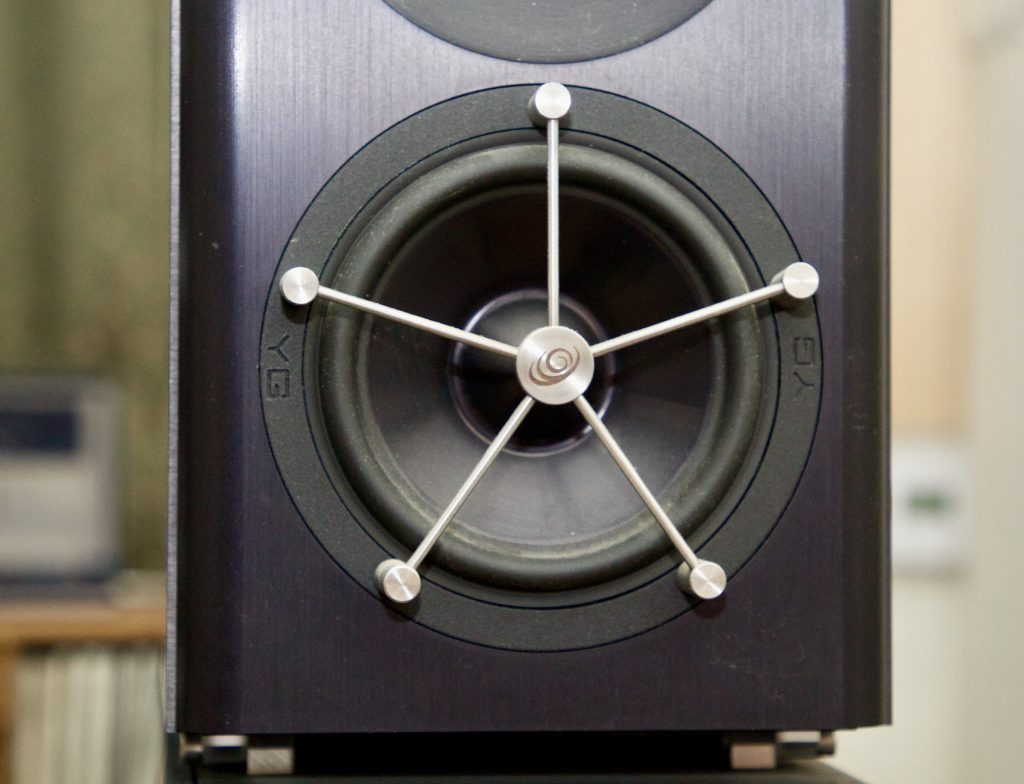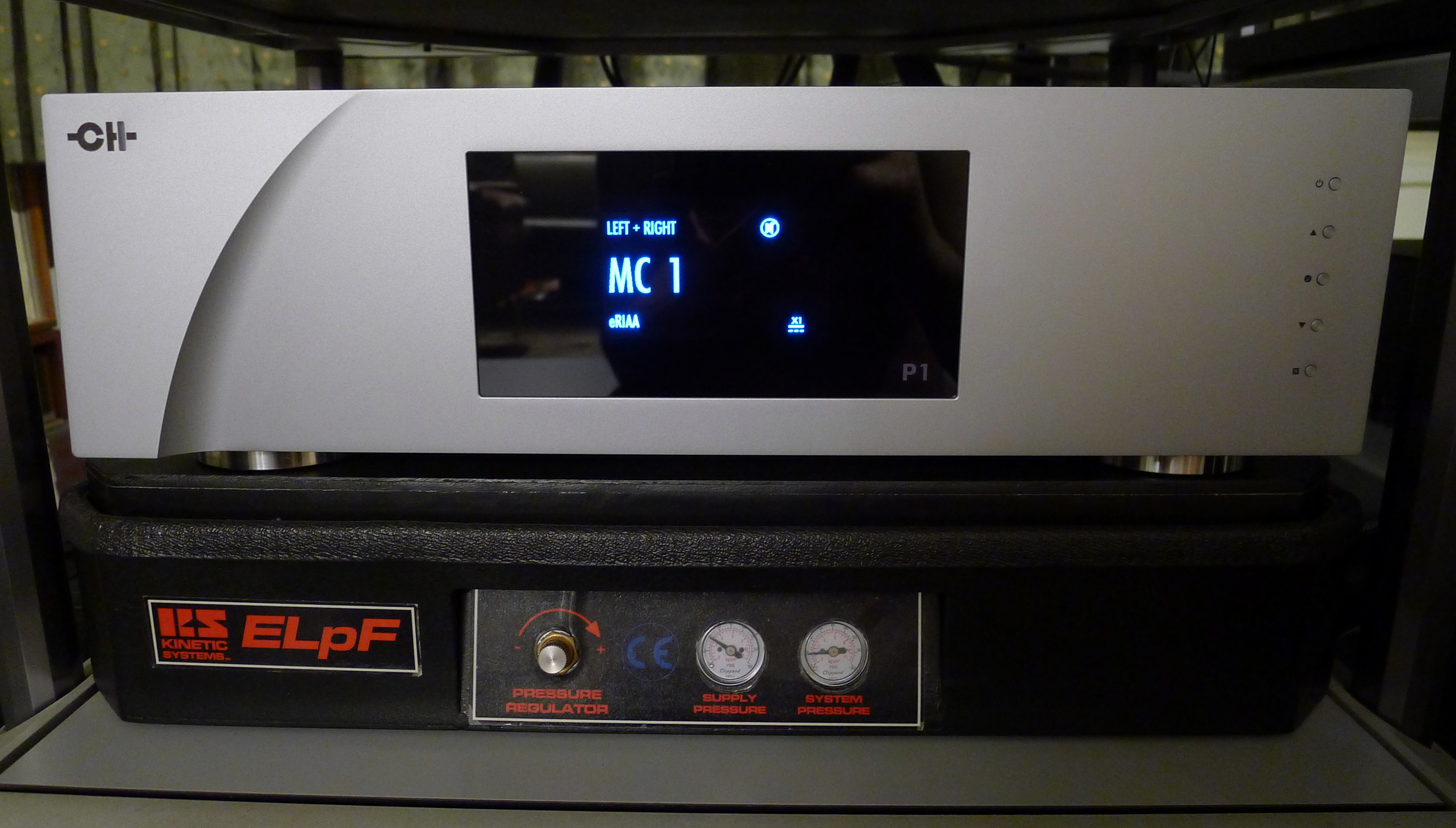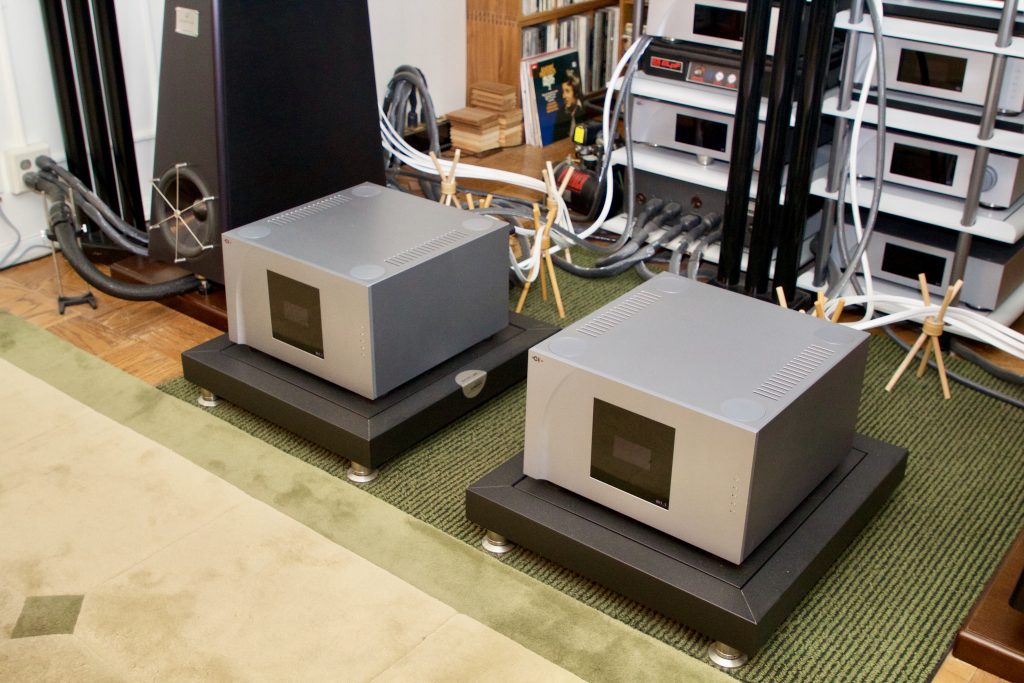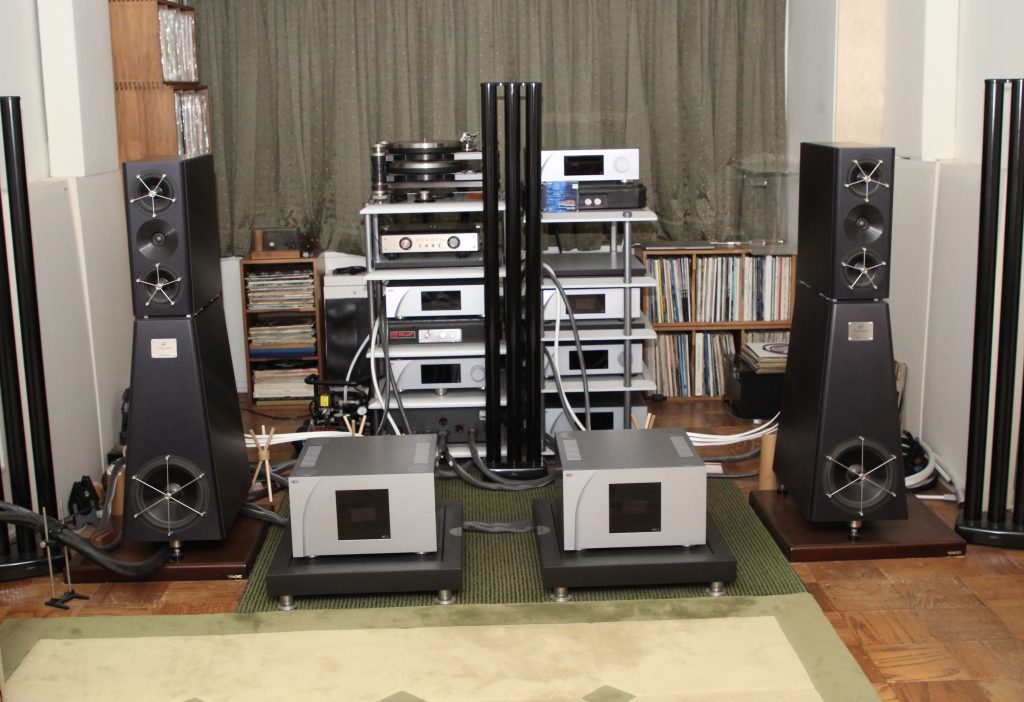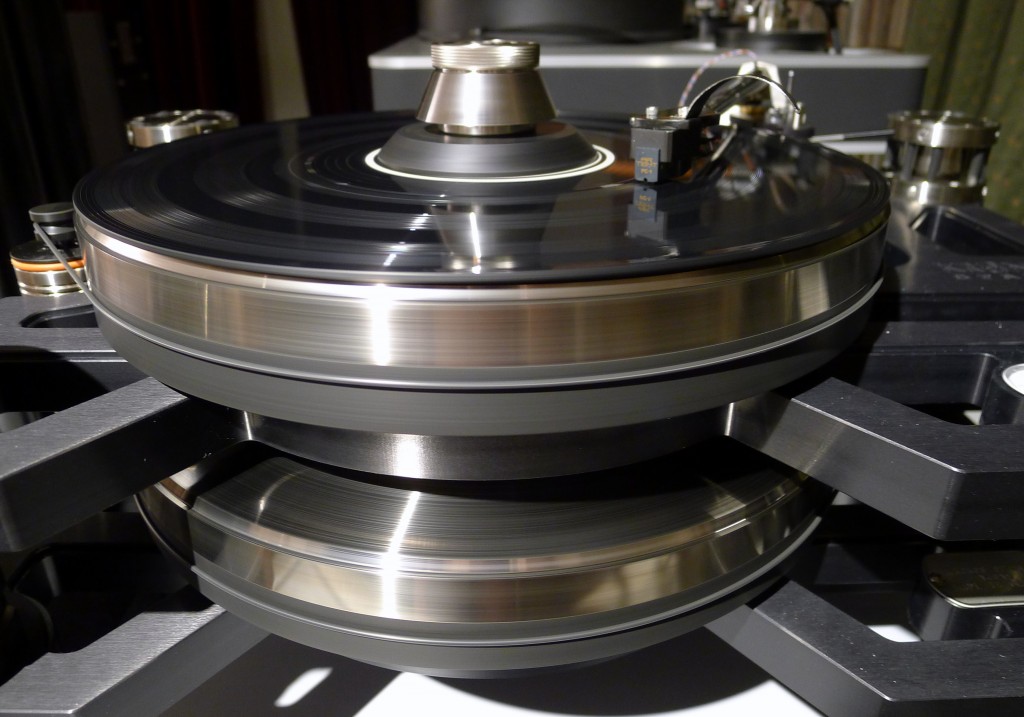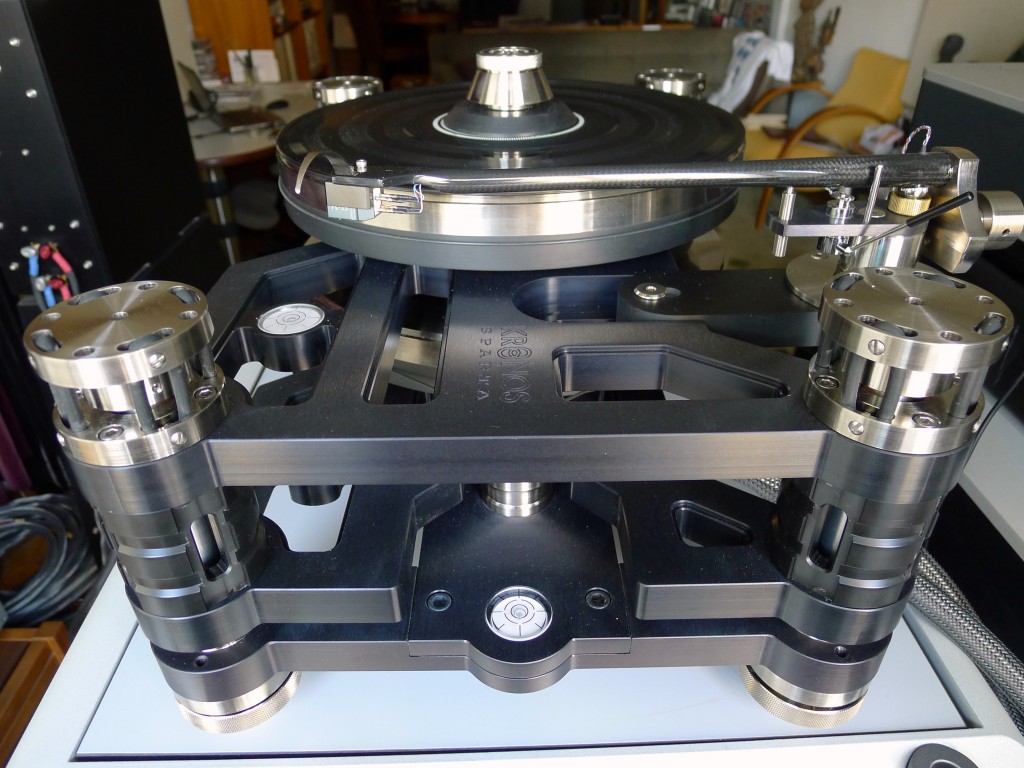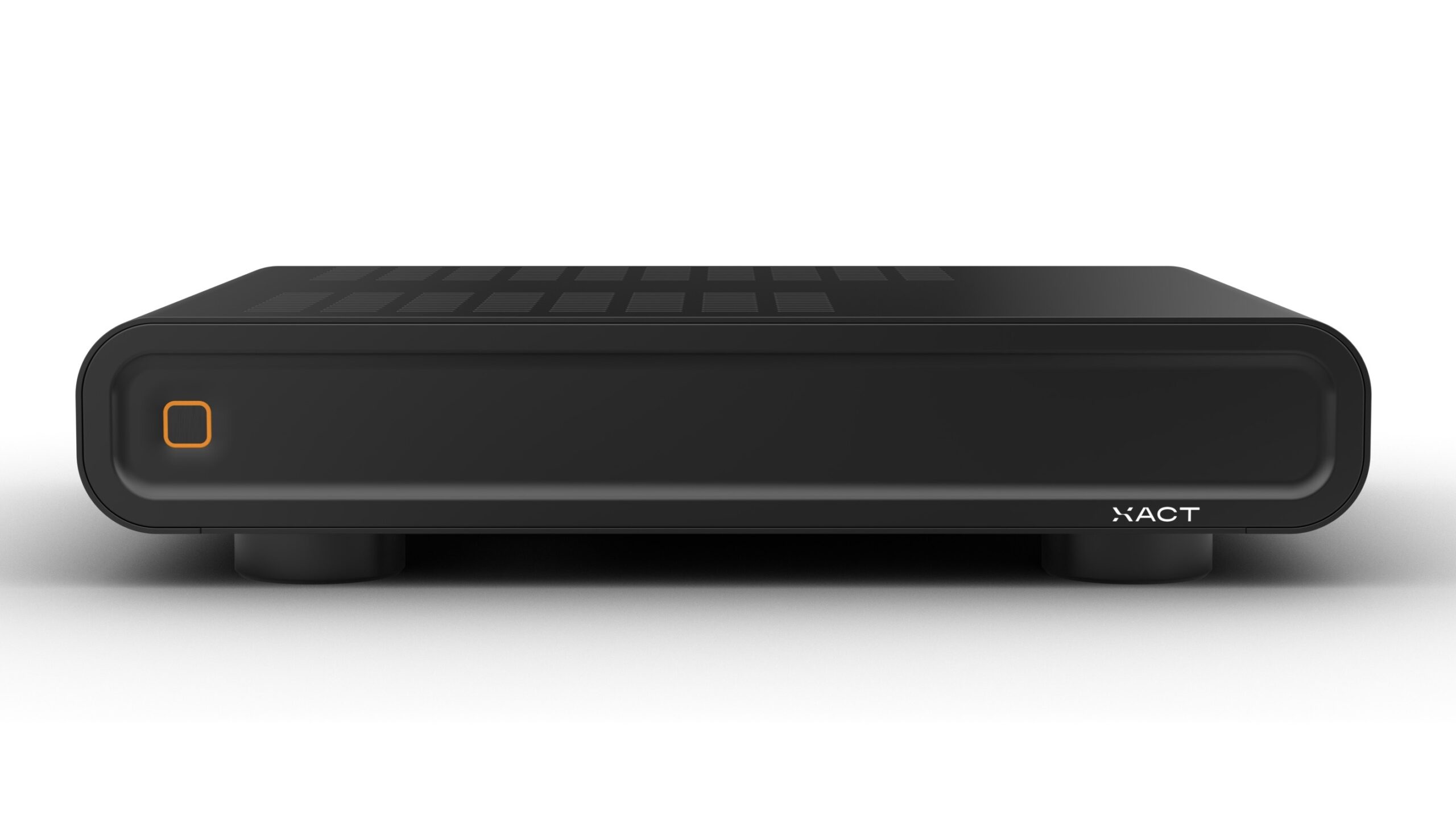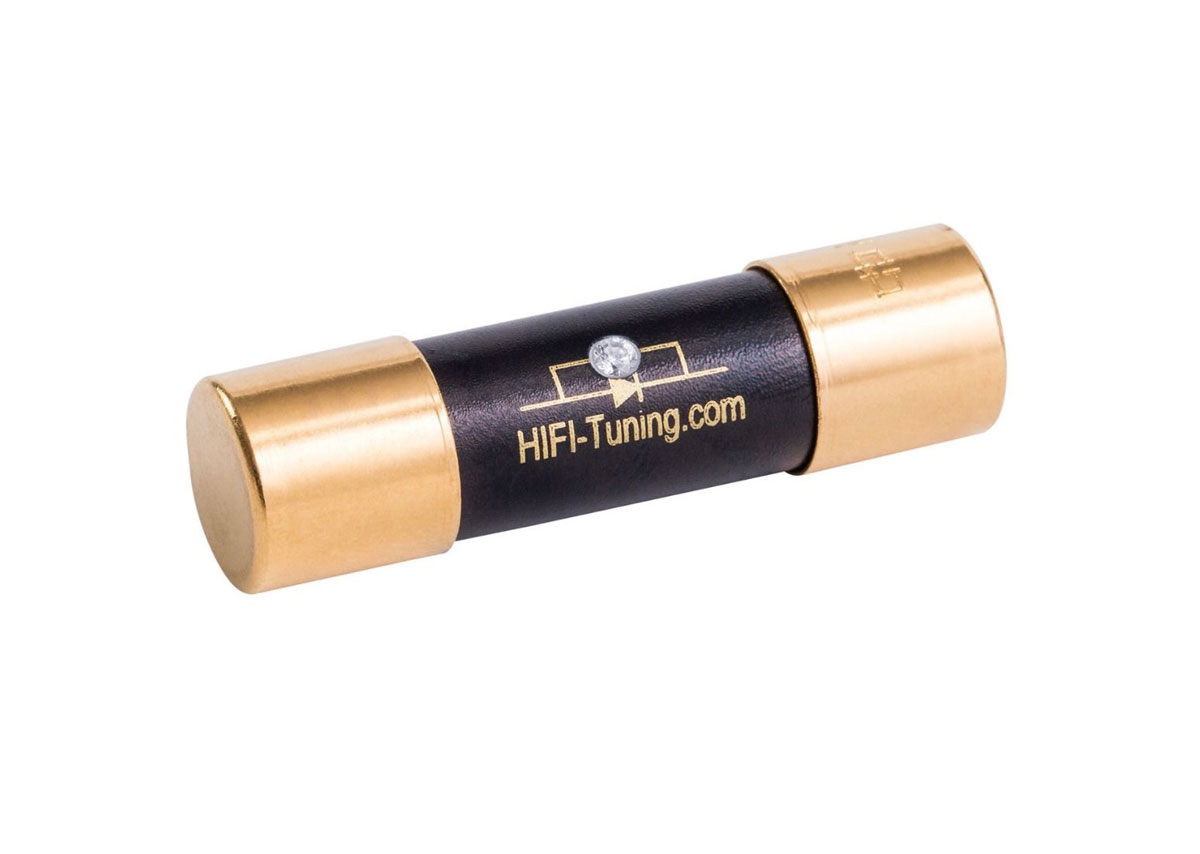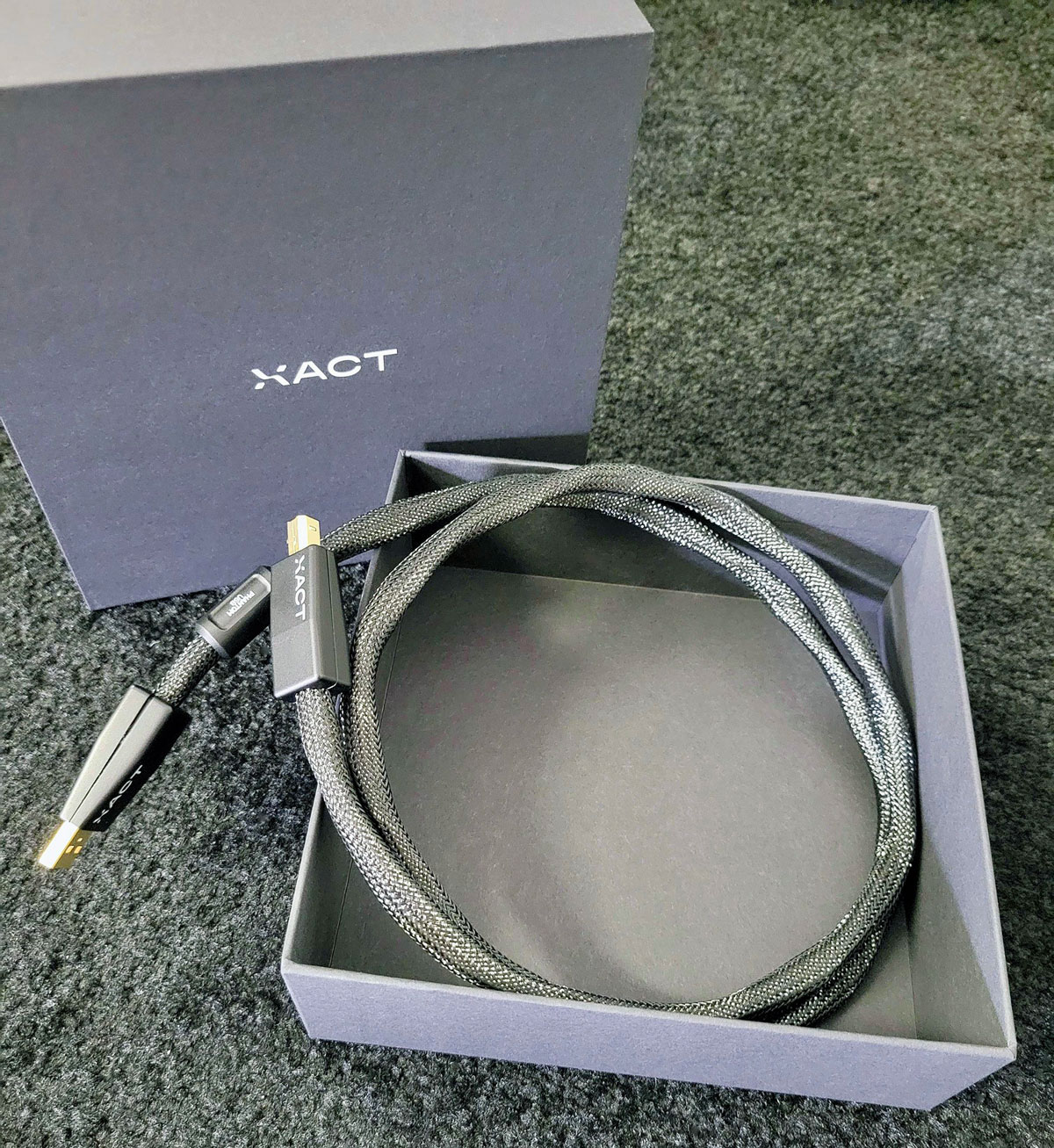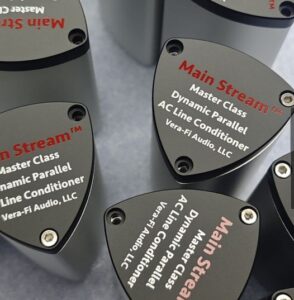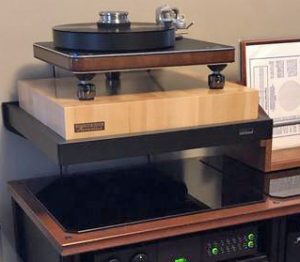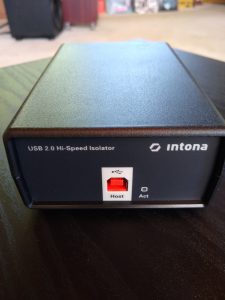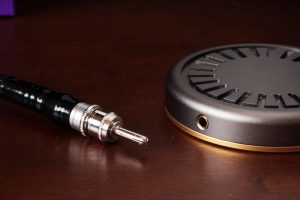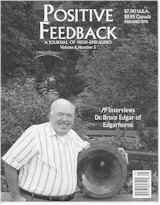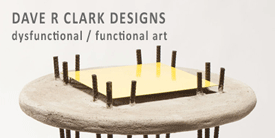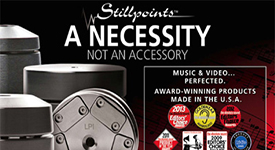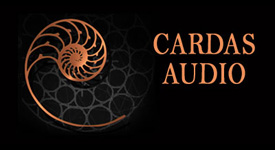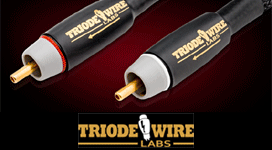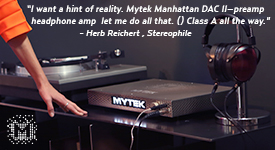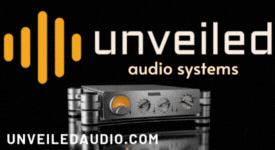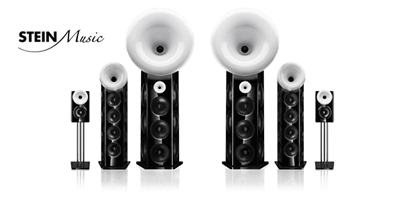When the Support System One (SS-1) from Node Audio came to my attention, I was smitten by its elegant looks, intrigued by its intelligent design, and impressed by its very sensible list of materials.
Welcome to SS-1, a modular component support eco-system that isolates equipment from its support, drains equipment vibrations, and focusses stray magnetic fields.
The heart of the system is the SS-1 module composite of machined stainless steel, laser sintered glass nylon and a ceramic core. When a component sits on the SS-1 it is isolated, drained of internal vibrations into the SS-1 ceramic core. The properties that make it a good component support also make it a good cable lift. A range of adapters and accessories allow it to serve double duty as a cable lift. One product that satisfies all your isolation support needs.
Note that the product description says "a component sits on the SS-1" and also makes "a good cable lift." How can two unrelated functions be addressed by a single product? Gradually it dawns on you. The SS-1 module on its own is a component footer. Attaching adapters transforms the base module into a cable lift, a speaker support, or a spider rack footer. This modular approach is strikingly innovative. I earlier reviewed the SS-1 as a component footer and subsequently acquired them. In this follow-up, I will take their measure as a cable lift for power cords and speaker wire.
Over the years, I've reviewed several cable lifts, each with its own advantages and disadvantages, but none satisfied 100%. So I devised two simple constructions: vertical stacks of wood samples and cut-to-size cardboard shipping tubes. I also use one or two Chinese-made imports I purchased on eBay. I can't vouch that they do much, but at least they are neutral. The SS-1 design brief also prioritized neutrality while incorporating technology that improves the sound.
After playing a Japanese specialty import SACD, Herbert Kegel conducting Paul Hindemith's Nobilissima Visione (Avex-Classics AVCL-25291), I exchanged the Chinese lifts under the Stage III Kraken Power Cords—the main PC for my CH Precision M1.1 monoblocks—with a single SS-1 Power Cord lift on each side.
I can't say I noticed much that was different. I put the Chinese lifts back. Ouch! My old sound seemed washed-out and undistinguished. The SS-1 PC lifts were quickly reinserted. Paying close attention, I picked up subtle improvements in many areas. The stage began to come into focus and the sound seemed less aggressive or harsh. I added a second SS-1 PC lift under each of the Krakens and focus dialed in a bit more. The SS-1 PCs impact was gradually building.
Three SS-1s Under the Kraken PC
Conventional advice is to elevate the cables and get them off the floor. With three SS-1 PCs on each side, the Krakens were lifted. Now their impact moved from subtle to substantial. The clean-up progressed, allowing me to visualize individual images with evident 3-D sculpting. They were a tad more fleshed out and had a little more space surrounding them, unaffected by their neighbors, and they began to speak independently even when the stage was busy. The sound gained mass, the tone had weight, and it was notably relaxed. Was it too relaxed? I made a mental note to monitor this, and put on another recording I knew well.
Relaxed Ear Feel
The Martinů Violin Concerto No. 2 is an outstanding mid-twentieth century composition. There are many recordings, but lately I've gravitated towards a release featuring violinist Frank Peter Zimmermann and conductor Jakub Hrůša. Both artists consistently bring something worthwhile, and I keenly follow their work. This BIS SACD easily gets 10/10 for sound and performance.
I got the answer to my question about relaxation right away. The concerto commenced with a maximum forte from the orchestra that hit with uber force, causing the power meter on my amps to remain in the red zone for several seconds at a peak level not previously attained on this recording. Fortunately, I had the volume control at hand and could monitor it. After it passed, I marveled that it had transpired without distortion.
When Zimmermann's solo violin enters piano, its image remains at scale, speaking softly, sweetly, and so relaxed. All that hasn't changed. What's new is the instrument's tone and timbre were clearly more realized, plus Zimmermann's exquisite technique was showcased. The softness and relaxation I noted were characteristic of low SPLs. Louder passages exhibited greater dynamics and liveliness. Regardless of the volume level, the SS-1s cleaned up treble artifacts and consistently maintained a composed sound. Like pieces of a jigsaw puzzle fitting together, the facsimile between the speakers was inching closer to completion.
However, what lingered was that fff blast from the orchestra that simply took over most of the soundstage. And the refinement and credibility of the solo violin. Playback was so good, I was tempted to conclude the review at this point.
Optimizing the Performance of SS-1 PCs
The importer urged me to space the SS-1 PCs about 12" - 14" apart for optimal performance. For the two meter Krakens, that meant four on each side. Initially, I resisted this suggestion before reluctantly relenting. Holy moly! Dynamic range exploded; space became convincingly 3-D as never before. Every aspect of the sound was meticulously controlled, and every voice was in the expected place on the stage. It had exceptional precision without feeling constrained or tight, and was complemented by a sweet, extended, yet limber top end that allowed instruments to express themselves effectively. This was that rare marriage of exceptional sound quality and enhanced expressive capabilities—the best of both worlds.
SS-1 Speaker Cable Lifts
Now, let's turn to the SS-1 Speaker Cable Lifts. They are designed to accommodate cables of various diameters. The side slots of the adapter have wide openings, while the center slot is narrow for thin or flat cables. Verbal instructions from the importer emphasized the wires should be in contact with the SC or PC adapter as much as possible. This presents a challenge for the Crystal Cable Van Gogh speaker cables I use, which are thin and very lightweight. I positioned the positive and negative wires in the side slots of the adapter, where they hung loosely on the flanges, and tried to ensure they were at least touching the adapters. Another concern was the speaker wires might not be heavy enough to activate the SS-1s vibration suppression.
The impact was undeniable. With two SS-1 SC lifts on each side, everything benefited in ways similar to what the PC lifts brought, plus something new: a remarkable ease and effortlessness of sound production, as if the speakers encountered less resistance.
Correspondence with Node reinforced that flat or thin cable ideally should be inserted into the center opening of the adapter until it grabs the wire. This doubled the number of SCs per side, as each held only one leg of speaker cable. I pushed each wire down into the flexible flanges of the center opening until it was firmly held.
Wow! What a transformation! The stage had already achieved a high level of precision. With this slight adjustment, the focus corrected to nearly 20/20. An abundance of inner detail and free-wheeling dynamic life surfaced, showcasing a range of attack and expression from gentle shifts to when the microphones were overloaded. Dynamic range was simply ridiculous. Many more pieces of the puzzle fell into place… Except there was no bloom or color, the treble had an unpleasant edge, and it did not sound natural. With the additional SCs, the EMI remediation and/or the removal of vibrations had exceeded a critical threshold.
Be Cautious of Over-Control
Without a doubt, noise in its many forms is the critical area of investigation within the high-end nowadays. In response, an active marketplace of third-party solutions has sprung up with audiophiles eager to buy them.
My initial encounter with a noise reduction accessory was the Nordost QKORE and the results were unequivocal. My brain said, hmm, this is good. Give me more, please. Over time, I acquired other tools, such as RCA and XLR caps for unused plugs on components, the Fono Acustica Compas Speaker Ground System, and the Audio Realignment Technologies mats. The Node Audio SS-1 addresses EMI and vibration control, and joins this group.
If you have traveled this road, you know that both EMI and vibration mitigation efforts have a tipping point. The sound keeps improving as you add more, until it abruptly starts getting worse. Having trespassed that threshold, I reverted back to using the side slots of the adapter and removed half of the SCs. There were big drop-offs in resolution and dynamics, of course. The sound lost its grip and tone lost density. However, the midrange was restored, the treble edge cooled, and the instruments acquired the kind of bloom I value. Once again, they spoke with acoustic voices.
A similar instance occurred when I put the SS-1 PCs under the Kraken power cords. I was already at optimum EMI remediation and—bang—sound quality went south. Only after removing some of those other tweaks to get below the tipping point was I able to hear the capabilities of the SS-1 PCs.
Food for Thought
You might wonder why I did not simply remove all the other tweaks and just go with the SS-1s? That would work. However, I discovered something better. All of these noise reduction devices are effective, but they don’t work the same or sound the same. When multiple products are utilized, a synergistic effect emerges that surpasses the capabilities of any individual device. I shared this observation with a colleague, who proposed the concept of a spectrum of EMI, with each device targeting specific segments.
SS-1 supporting Audience frontRow Power Cables
Other Opportunities
Over the course of this review, SC and PC lifts found their way under various Crystal Cable and Audience frontRow wires. The synergy here was good. Whenever feasible, I spaced the lifts about 12" - 14" apart for the big boost.
In the end, there were three variations of the SS-1 on the floor: 16 component supports under the front-end gear, 12 PC lifts under 3 power cords, and 4 SC lifts. With this battery installed, I play a familiar recording and the curtain rises on a new sonic vista. Sound energy was evenly spread across the width. Unless your room is purpose-built, there will likely be an imbalance and, in my case, it was a weak right side. The SS-1s somehow addressed this. How? I don't have a clue. And the stage gained a holistic quality that nudged it closer to realistic. When instruments spoke up, it wasn't in the usual spotty way, with a voice surrounded by a lifeless zone. There were always subtle indications of life at various points on the stage, barely audible signs of … something occurring. In other words, the stage wasn't a dead zone. Many missing pieces of the puzzle were added, it was nearly complete now.
Design of the SS-1 Adapters
The top of the SS-1 base module is a black outer shroud of glass nylon. In the center is a steel gimbal of smaller circumference, which allows some movement. The adapters screw on to the gimbal and inherit the shimmy. The SC and PC adapters are fabricated from the same glass nylon material. While they look different, functionally, they do the same thing. Either adapter can support a speaker cable, power cord, interconnect, or any audio wire. The only difference is the size of the openings. The PC has one large opening for heavy gauge wires. The narrow side openings of the SC are suitable for thinner cables. Flat or very thin wires go into the center opening of the SC.
I can conceptualize how the vibration transfer mechanism works when the SS-1 is supporting a cable. I reached out to Tony at Node Audio to learn what else is going on (lightly edited):
Cables act as aerials and are prone to pick up all forms of charges from the floor. Whereas these are not all easy to measure, most are recognized as an issue in audio.
What we set out to do was:
- Lift the cables off the floor sufficiently to minimize the static charges.
- Decouple the cable from floor-borne vibrations
- Reduce transfer of vibrations along the cable length
- Drain vibrations away
The materials used for the coupling and the isolation work in a similar fashion; the pinching effect of the cable holder acts as a light clamp to drain vibrations. These are transferred down into the closely coupled SS-1 support where the energy is removed. The floor vibrations and the airborne are treated in the same way.
What about EMI? Does EMI come into the discussion when we're talking about cables?
I suggest that it probably does but we can't measure it and the design doesn't assume to make a difference in this area. It should also be noted that some very knowledgeable people do not accept signals in cables cause any vibration or issues. Down the rabbit hole we go unfortunately.
EMI in audio has long been a contentious subject. I don't presume to have the answers, I just go about empirically testing different situations. I will say my results strongly suggest there is more going on beyond vibration suppression, and it has all the characteristics of EMI. Personally, I'm convinced EMI poses a comparable challenge for cables as it does for components.
Carpet Spikes
A nice accessory to go with your SS-1 are carpet spikes crafted from the same black sintered glass fiber that screw into the base of the SS-1. Even if they don't penetrate a thick pile, the spike lends a degree of stability you can hear. Using the carpet spike on a bare wood floor had no benefit.
Conclusion
Regarding cable lifts, the conventional advice is to elevate the cable off the floor. Whenever I've done that, it always brought out the undesirable sonic signature of the lifts. So I prefer to begin with the minimum and experiment. Typically, one or two lifts on a cable works out best.
Jettison all of that when you're dealing with the Node SS-1. Select one important cable, perhaps the PC from the wall to the power conditioner. For your reference, begin with a sufficient number of SS-1 Power Cord lifts to get the cable off the floor. At this point, you'll be grinning broadly and want to stop here. But wait!
The importer gave me very specific guidance regarding placement: space the SS-1s approximately 12" to 14" apart. Although this will require more units than is needed to lift the cable off the floor, the boost in performance is dramatic. The benefits are distributed across all the audio parameters we prioritize, none more so than the soundstage. The way the Node devices open up the stage challenged my preconceived notions about how things work in audio. Furthermore, there's no exaggeration or overemphasis, it sounds natural.
The Node SS-1's intelligent engineering delivers sonic improvements and musical insights that are like audiophile candy. It is the most comprehensive system for supporting components and cables and, in my experience, there is none better. On top of that, its aesthetics are stunning. A support eco-system that is worthy of inclusion in the best systems.
Short Node Introductory Video
www.node-audio.com/ss-1-support-introduction
SS-1 Module
Retail: $450/ea
SS-1 Module + Rack Mount
Retail: $490/ea
SS-1 Module + Power Cable Support
Retail: $600/ea
SS-1 Module + SC Cable Support
Retail: $640/ea
Carpet Spikes
Retail: $40/ea
Manufacturer
Node Audio
Distributor information
Aaudio Imports

